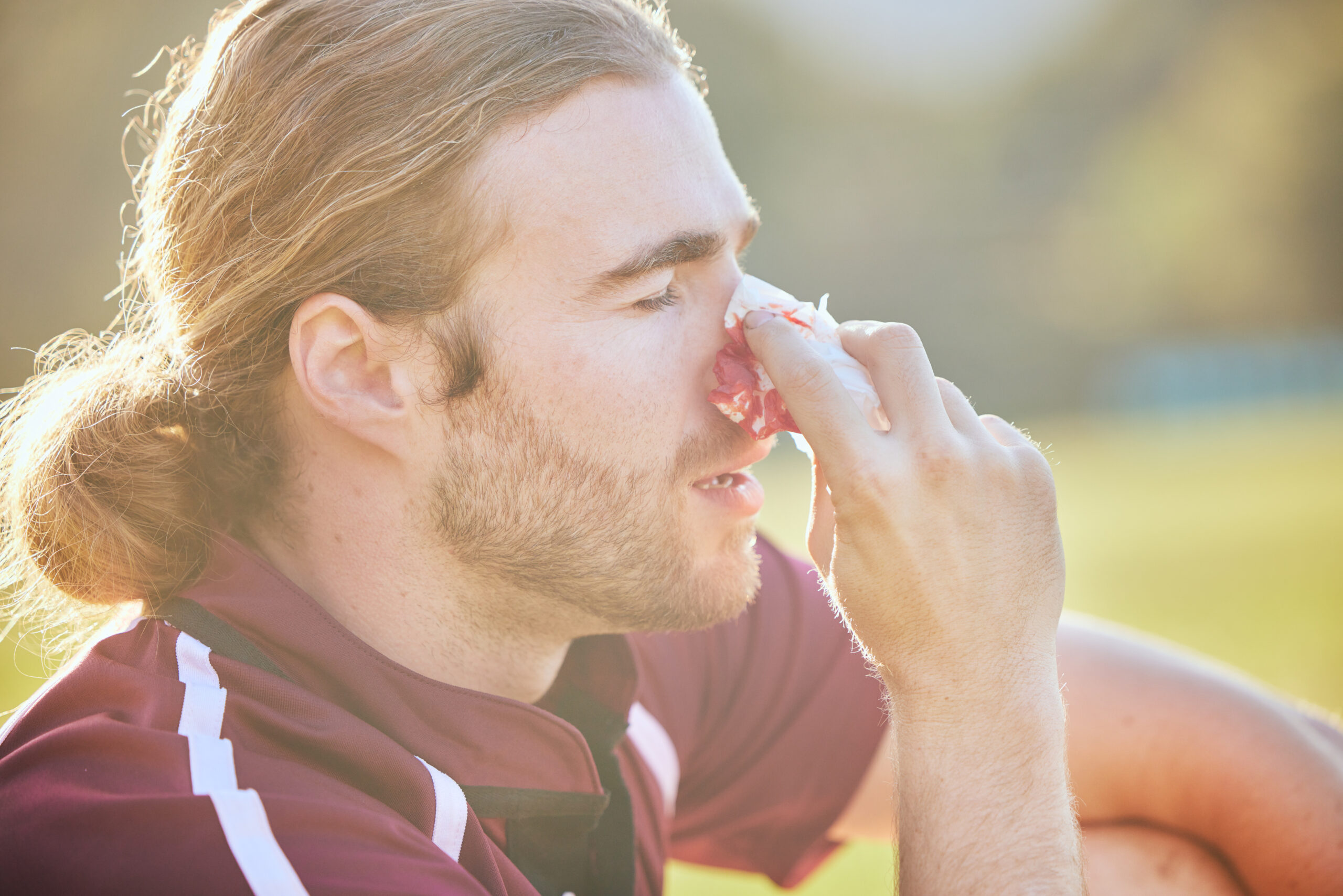Introduction
In the uncertain trip of life, emergency situations can strike when least expected. Whether it's a kid choking on a plaything, a senior family member experiencing a clinical crisis, or perhaps an unexpected heart attack throughout a household gathering, knowing just how to react can mean the difference in between life and death. This is where CPR (Cardiopulmonary Resuscitation) enters into play. It's not simply an ability for medical care professionals; it's an important device every family ought to have in their emergency situation toolkit. Is your house CPR all set? In this detailed overview, we'll discover whatever you need to understand about mouth-to-mouth resuscitation, its value, and functional suggestions to guarantee your family is gotten ready for any type of emergency.
Is Your Family mouth-to-mouth resuscitation Ready? The Significance of Mouth-to-mouth Resuscitation Training
Understanding the Requirement of Mouth-to-mouth Resuscitation in Households
Cardiac arrest can occur anywhere-- at home, in the park, or perhaps at the workplace. According to the American Heart Organization, almost 350,000 out-of-hospital cardiac arrests take place each year in the U.S. alone. If onlookers perform CPR right away, they can double or even triple a sufferer's opportunities of survival. Hence, comprehending CPR saving lives isn't simply a slogan; it's a reality that can be crucial in emergencies.
Why Every Family members Should Learn CPR
Imagine your kid suddenly falls down throughout playtime-- would certainly you know what to do? Having standard knowledge of just how to execute mouth-to-mouth resuscitation can equip family members to act quickly and effectively in essential scenarios. Not only does it save lives but likewise helps in reducing stress and anxiety throughout high-stress scenarios.
The Duty of Local CPR Classes
Local CPR classes usually offer hands-on training that can considerably enhance your skills and self-confidence. These classes are typically led by certified trainers who recognize just how to communicate vital information clearly and properly. Many organizations provide training courses customized for certain age groups and conditions-- making certain everyone from babies to grownups knows just how to react in emergencies.

Household mouth-to-mouth resuscitation Readiness: Analyzing Your Current Status
Evaluating Your Expertise and Skills
Before diving deeper right into details methods and ideas, take a moment to examine what you currently know about mouth-to-mouth resuscitation:
- Do you recognize how to perform chest compressions? Are you acquainted with making use of an AED (Automated External Defibrillator)? Have you ever before taken an emergency treatment class?
Assessing your existing expertise will assist recognize gaps that need addressing.
Creating an Emergency Feedback Plan
Every household ought to have an emergency feedback plan that consists of:
Designated emergency situation contacts A list of neighborhood emergency situation services A plan for how each participant will certainly interact throughout an emergencyBeing arranged ensures everybody recognizes their function when necessity strikes.
Essential Skills: Just how To Do CPR
Basic Actions for Grownup CPR
Call 911: Ensure emergency situation services are on their way. Position the Individual: Lay them on their back on a level surface. Perform Upper body Compressions:- Kneel close to them. Place one hand on top of the various other in the facility of their chest. Push down set (at least 100-120 compressions per minute), making certain appropriate compression depth.
Infant mouth-to-mouth resuscitation Technique
Performing mouth-to-mouth resuscitation on babies needs caution:
Call for help immediately. Position the infant face up on a firm surface. Use two fingers to lower about 1 1/2 inches deep at a rate of 100-120 compressions per minute. Give two rescue breaths if educated to do so.Advanced Resuscitation Skills
For those wanting to dig much deeper into sophisticated resuscitation methods, think about signing up in specialized programs covering:
- Advanced air passage management Use of adjuncts like bag-valve masks Understanding different rhythms through ECG interpretation
Using AED: How To Use AED Properly Throughout Emergencies
Understanding AEDs: What They Are and Why They Matter
An Automated External Defibrillator (AED) is designed to analyze heart rhythms and provide shocks if needed. Recognizing just how to make use of an AED can considerably enhance survival prices following heart arrest.
Steps To Use An AED Correctly
Turn on the AED as soon as possible. Attach pads according to directions-- one pad takes place the upper right chest while an additional takes place the lower left side. Ensure no one is touching the individual while it analyzes heartbeat patterns. Follow triggers provided by the gadget; if shock is recommended, push the shock switch just after verifying no person is touching the patient.Common Myths About CPR You Need To Know
Debunking Usual Misunderstandings About Mouth-to-mouth Resuscitation Effectiveness
One prevalent misconception suggests that "mouth-to-mouth resuscitation always restarts heart" when this isn't always real; instead, it First Aid Courses Melbourne reviews maintains blood flowing up until professional help arrives.
The Misconception About Incorrect Compression Depths
Another misunderstanding surrounds compression midsts-- many believe any depth will certainly suffice; nonetheless, wrong compression depth can dramatically impact end results in real-life situations.

Special Scenarios: Sports-related Cardiac Arrest & Drowning Victims
CPR for Sinking Sufferers: Special Considerations
Drowning victims typically need prompt focus because they may experience both respiratory failing and heart attack concurrently:
Remove them from water promptly. Initiate rescue breaths prior to starting chest compressions-- this differs from basic grown-up procedures where compressions start first.CPR for Sports-related Cardiac Arrests: Unique Protocols
Sports-related incidents are ending up being progressively common amongst professional athletes as a result of extreme physical effort leading to arrhythmias or cardiac arrest:
- Always analyze professional athletes' health history before involving them in sports. Understand very early warning signs such as lack of breath or lightheadedness during activities can indicate significant underlying issues requiring instant treatment with proper procedures consisting of calling emergency solutions promptly!
Navigating With Online Resources: Where To Find Reputable Information?
Online Certification Programs for Family Members Looking For Training Options
With technology making whatever more available than in the past-- take into consideration making the most of online qualifications! Platforms like Red Cross offer courses varying from standard emergency treatment training throughout sophisticated resuscitation abilities at flexible timetables customized around active lifestyles!
Table 1: Contrast Chart of Online vs In-person Courses
|Feature|Online Program|In-person Course|| ----------------------------|--------------------------|------------------------|| Flexibility|High|Reduced|| Hands-on Technique|Minimal|Considerable|| Cost|Normally Reduced|Generally Higher|| Accreditation Schedule|Immediate Upon Conclusion|After Last Test Passed|

FAQs
Q1: What is the legitimacy duration for my CPR certificate?
A1: Most organizations advise renewing your certification every 2 years; however, inspect neighborhood guidelines as needs may vary based on state guidelines.
Q2: Exist specific age-related standards I ought to adhere to when doing CPR?
A2: Yes! There are distinct age-specific standards concerning compression ratios/techniques for infants versus grownups which have to be stuck carefully as well ensure ideal results!
Q3: Can I discover both First Aid and CPR together?
A3: Absolutely! Many courses use mixed training alternatives (CPR And Emergency Treatment Combination) providing extensive protection over different circumstances one might encounter!
Q4: How effective is doing immediate cardiopulmonary resuscitation?
A4: Research studies recommend that prompt activity enhances survival prices considerably-- with some records first aid certificate melbourne showing survival prices varying from 10% up towards even greater numbers depending upon timely interventions executed properly through qualified personnel!
Q5: What tools do I need at home related particularly towards lifesaving actions like AEDs etc?
A5: Basics consist of having easily available devices such as automated outside defibrillators together with crucial first-aid kits stocked having bandages/splints along with other needed supplies geared towards dealing with injuries endured prior arrival by professional health care providers!
Q6: Can I take on-line classes if I live outside Australia yet desire still go after accreditation through Australian acknowledged institutions?
A6: Yes! Many programs cater globally providing options fit worldwide regardless where staying-- just make certain they identify certifications throughout borders sufficiently beforehand examining proper accreditation criteria regulating such accreditations within corresponding nations involved here!
Conclusion
Preparing your house with necessary life-saving abilities like Cardiopulmonary Resuscitation has never ever been extra vital than currently! By comprehending what constitutes reliable methods along with acknowledging certain procedures concerning various circumstances-- families furnish themselves not just psychologically however practically ensuring they're ready when dealt with unanticipated difficulties emerge all of a sudden within everyday life circumstances came across frequently throughout time invested with each other!
So ask yourself today-- Is Your Household Mouth-to-mouth Resuscitation Ready? Crucial Tips for each Household could possibly save lives-- they state understanding is power besides! Prioritize education/training opportunities readily available near/in vicinity today-- we hope this post provides beneficial insights leading everybody toward being far better prepared handling emergencies effectively moving forward!